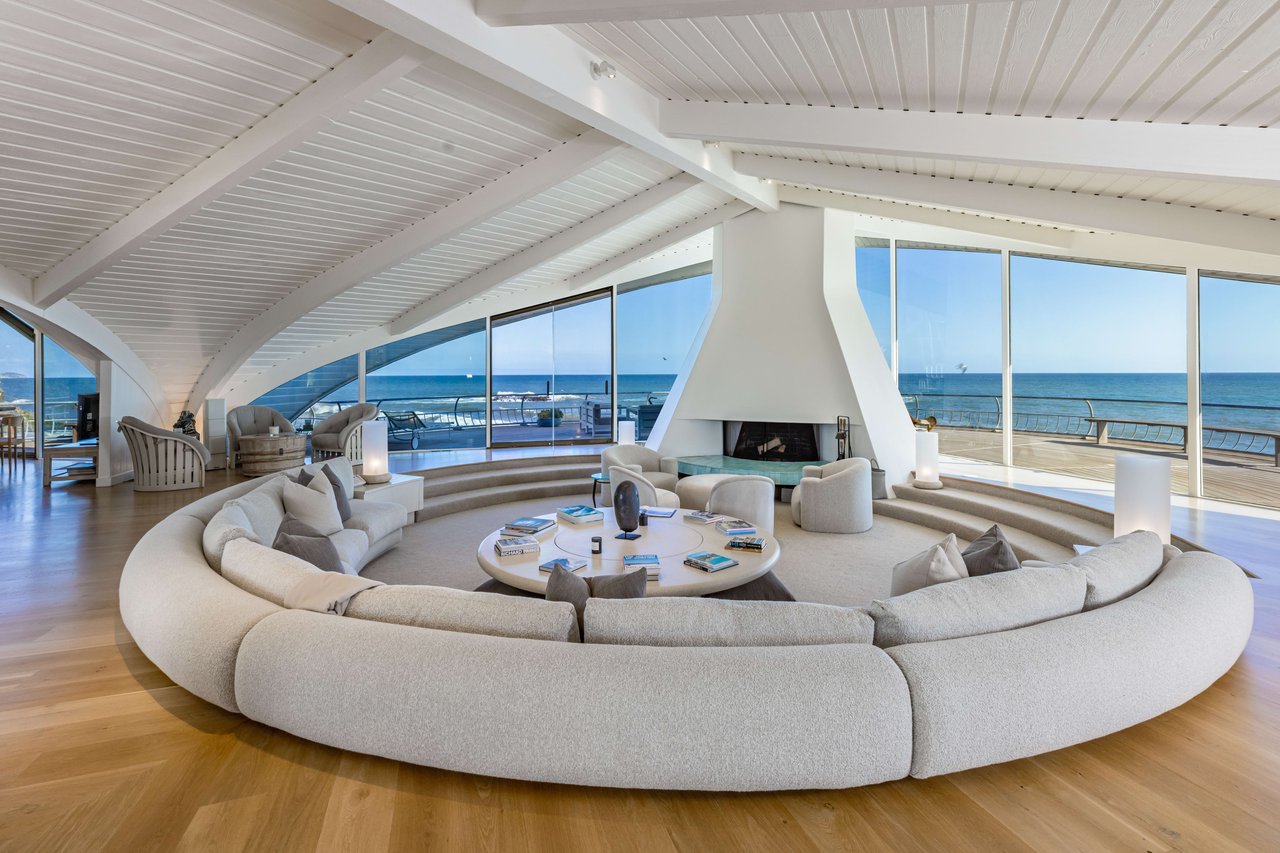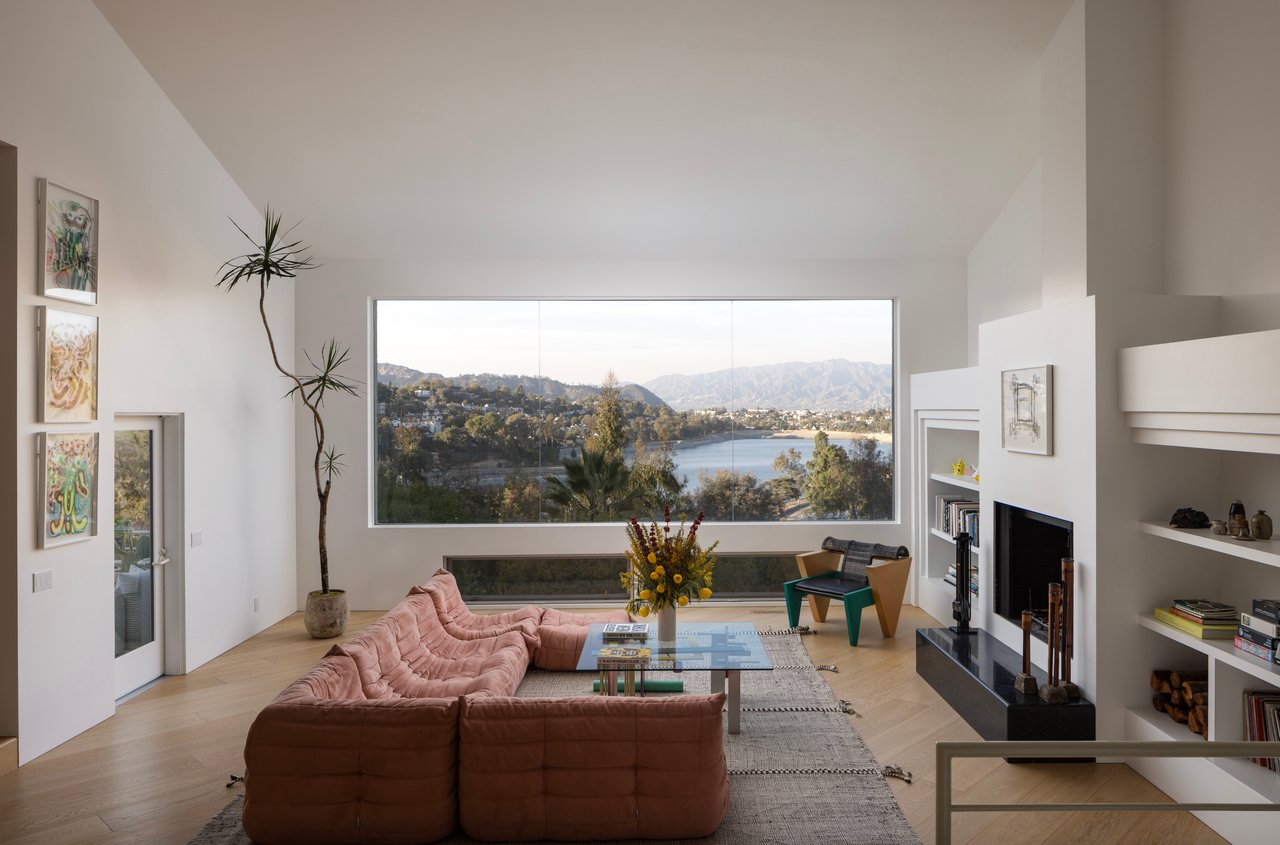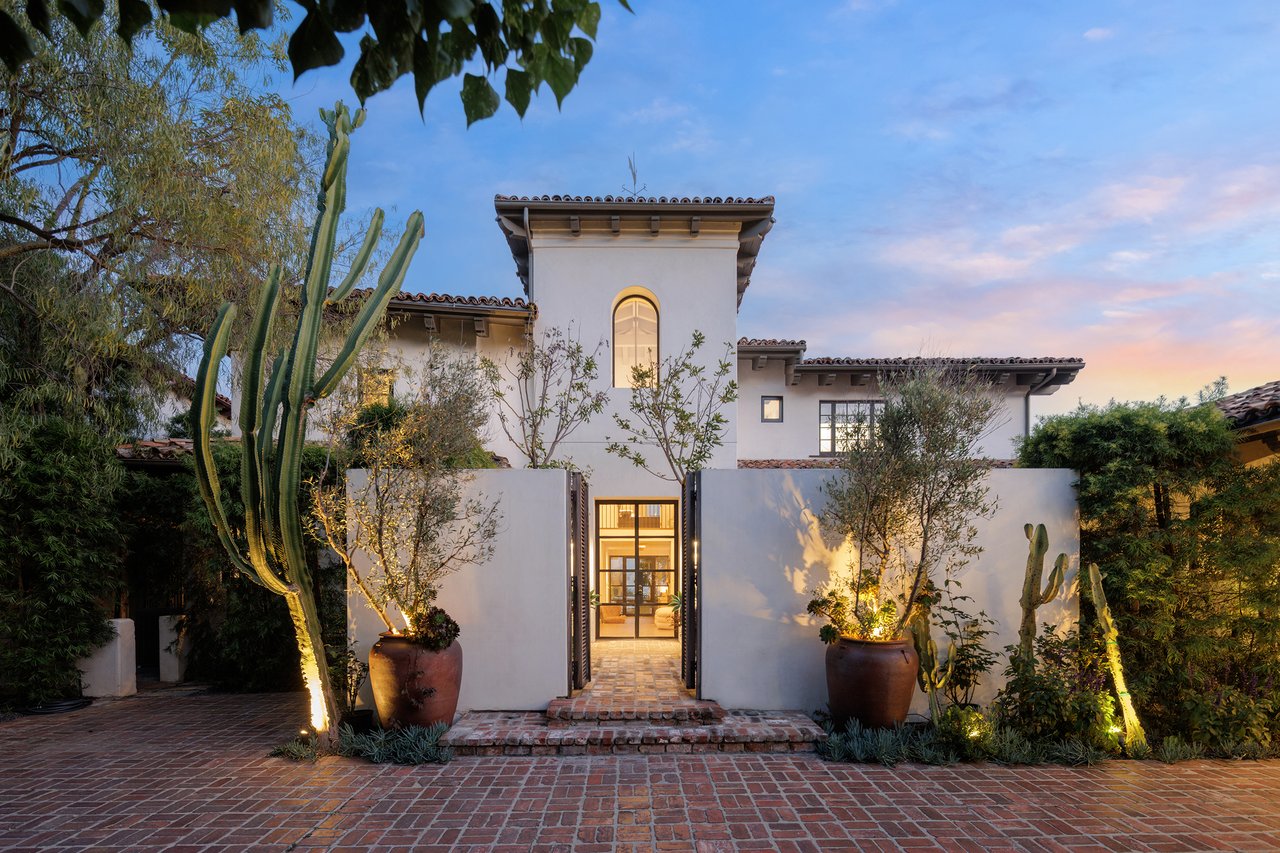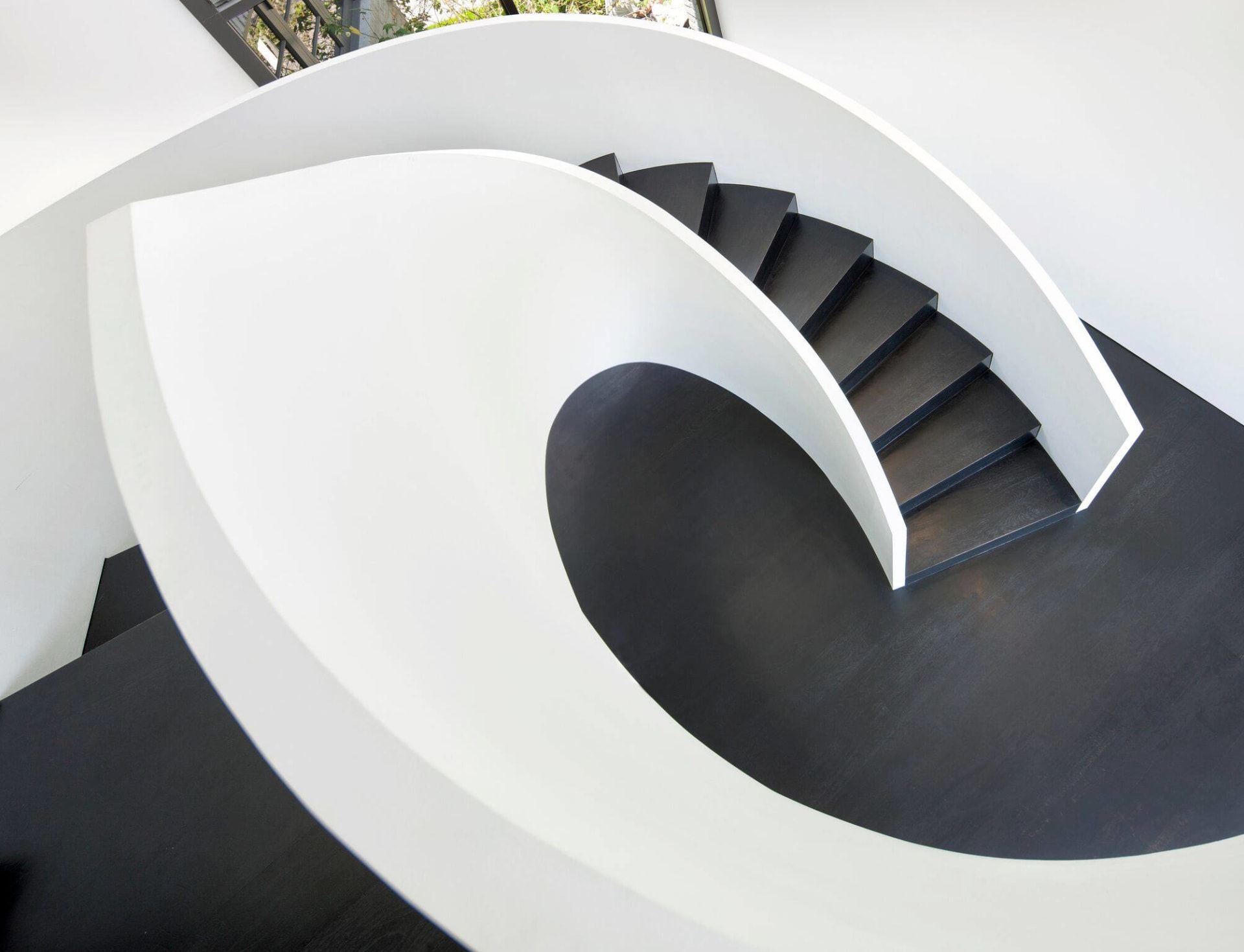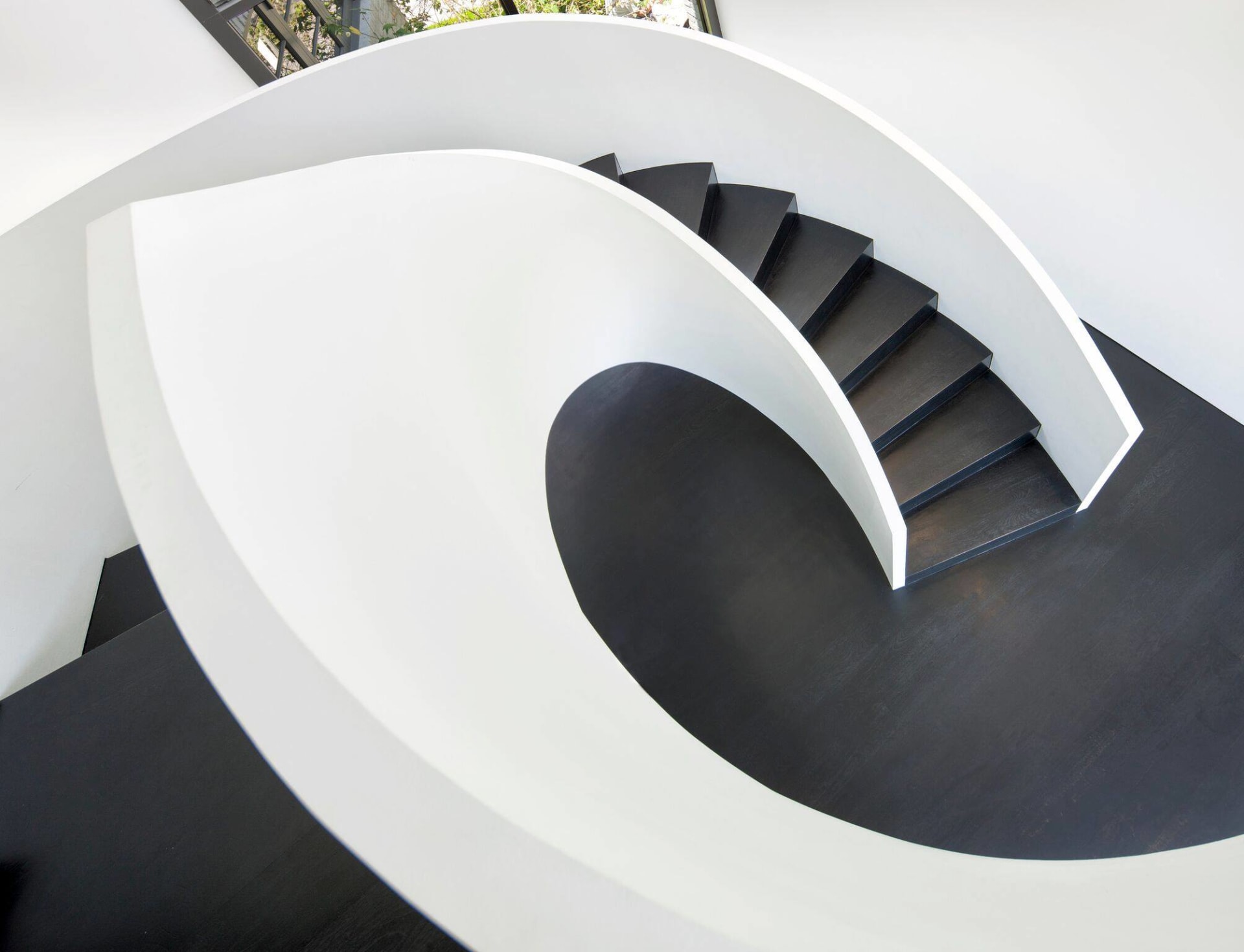An iconic Malibu, Calif., home designed to look like cresting waves is coming on the market for $49.5 million.
Wave House was designed in the 1950s by the late architect Harry Gesner, who famously sketched plans for the home while on his surfboard, after paddling out to the surf break in front of the property, according to Zen Gesner, Harry Gesner’s son and one of the listing agents.
The Midcentury Modern home was most recently owned by Mo Ostin, an influential music executive who led Warner Bros. Records for decades. He was tapped by Frank Sinatra to oversee the singer’s Reprise label, which merged with Warner Bros. Records in 1963. He headed the company as it signed acts like Jimi Hendrix, Prince and Madonna. Ostin died in 2022 at age 95 and the property is being sold by his estate, according to his son, Michael Ostin.
The house was also previously owned by British rocker Rod Stewart, Zen Gesner said. Mr. Stewart didn’t respond to a request for comment.
The roughly 6,200-square-foot Wave House appears to hover above the beach on stilts. The main living space is a sunken circular conversation pit. A fireplace at its center, now clad in stucco, was originally made from Santa Barbara fieldstone. There are six bedrooms, including a large primary suite on the main level with a separate seating area and deck access. The property, which measures less than an acre, also has a small guesthouse and garage.
The house was originally built for local couple Gerry and Glenn Cooper, who owned a lumberyard, Zen Gesner said. While designing the house, he said, his father camped out on the site for days, observing the sand, the views, the fluctuation of the wind and the surf. He wanted the house to “have the look of a giant wave at the very peak of its strength,” Zen Gesner said. “If you were surfing or on a boat fishing, you’d look back at the shore and see this really organic design that looked like a wave approaching the ocean.”
The home put Harry Gesner on the map, gaining him international recognition, his son said. In the late 1950s, his father got a call from Jørn Utzon, the architect behind the iconic Sydney Opera House, complimenting him on Wave House, which is widely thought to have served as an inspiration for the Australian landmark.
“My dad was totally blown away that this architect was going out of his way to reach out to him and compliment him on his design, because most architects are egomaniacs,” Zen Gesner said. “They don’t tend to tip their hat to any other architect.”
But over the years, Harry Gesner rebuffed the comparison between the two structures. “I wish people would not insist that something looks like something else, but they do. It’s human nature and a bore,” he was quoted as saying in the 2012 book “Houses of the Sundown Sea: The Architectural Vision of Harry Gesner” by Lisa Germany.
While the exterior of the home remains largely consistent with the original design, the interiors have gone through several iterations. When Stewart owned the property in the 1980s, he asked Harry Gesner to design railings for the decks. “He was very concerned that people at his parties would stumble and fall off the edge,” said the architect’s son, who grew up in the house next door, known as Sandcastle.
The British rocker was a “great neighbor,” Zen Gesner said. He recalled seeing a soccer match taking place on the sand one weekend, only to find that Stewart had invited the entire Scottish national team over for a game. Sometimes, when he walked on the beach, he would hear music, only to look up and see Stewart dancing on the deck.
When the Ostins bought Wave House in the late 1980s, they removed some of the exposed wood interiors and replaced them with white finishes to amplify the colors of the environment outside. They also replaced a pebbled roof with one made from copper shingles, which have gained a green patina over time, Zen Gesner said.
The listing comes less than a month after the adjacent Sandcastle, the Gesners’ home, came on the market for $27.5 million following the architect’s death in 2022. Zen Gesner said he thinks it is possible that the two homes could be acquired as a pair to give a buyer a larger footprint on the beach.
Neither of the homes has any landmark protection, but Zen Gesner said he is confident that prospective buyers won’t want to tear down either property. “It’s our hope that nobody ever has that intention,” he said.
Zen Gesner shares the listing with colleague Chris Cortazzo of Compass as well as Dena Luciano of Douglas Elliman and Drew Fenton of Carolwood Estates.
